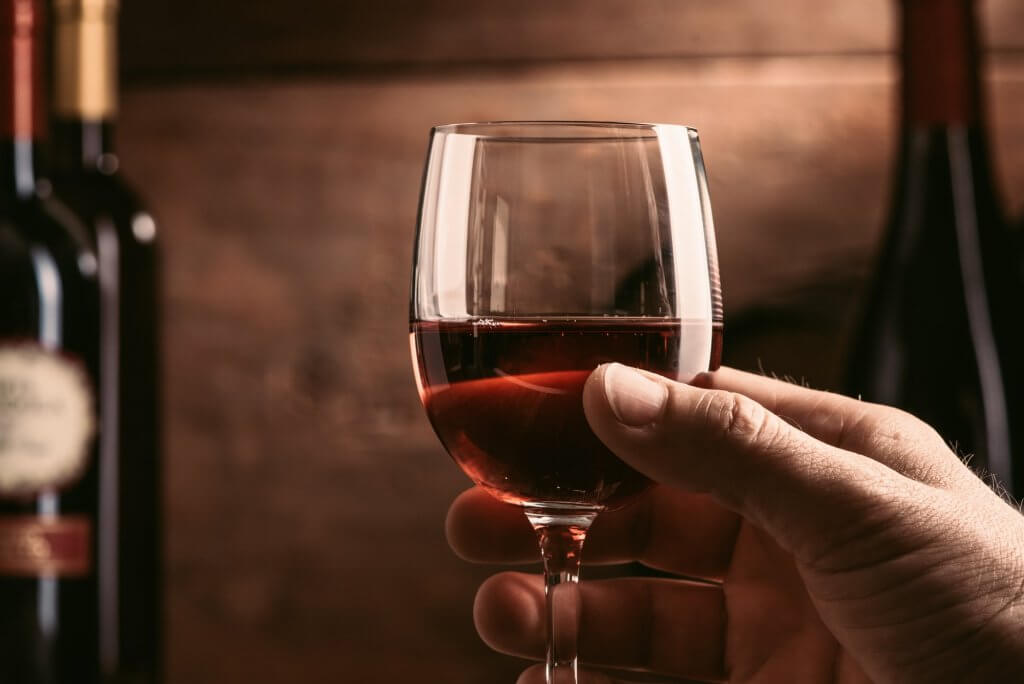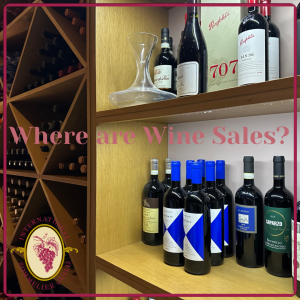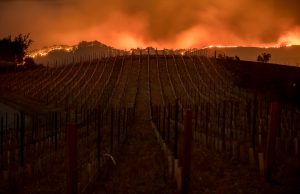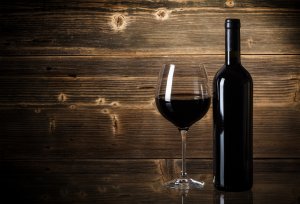Perhaps your first experience with Chianti was sipping it from a bottle wrapped in straw. If so, it was bound to have sullied your impression of it. A shame too, for Chianti has truly changed over the last few decades. So much so that it’s time you forgave it and give it another chance to earn your affections.
Chianti Classico DOC as you may have tasted several decades ago was granted a ‘G’ for ‘guaranteed’ status, becoming DOCG in 1984. The name wasn’t the only thing that changed. With Sangiovese and Canaiolo still composing the base, white grapes were then required to make up a minimum of 2% on up to a maximum of 5% of the wine.
Originally in the 19th century, just a few drops of white wine were ever added, but that was changed by the DOC in 1975 which then enforced a rule that 30% of white wine grapes had to be added. The reason? Trebbiano and Malvasia were more readily available. It was about using the grapes yielded rather than preserving the quality of the wine, a sad fate for Chianti Classico indeed.
Between 1974 and 1984, the consumption of Chianti Classico dropped off considerably. Once the new DOCG status was enacted in 1990 though, it set off a sea of favorable changes for this wine.
Chianti Classico DOCG is now the shining star in top quality for Chianti, setting the bar for all others. It’s refreshingly acidic, made from grapes that come from higher elevations. You’ll taste hints of violet mixed with spice and a burst of cherries. Tannins prevail but the fruit and terroir exude all the character rather than oak aging. Traditional oak casks are the norm now to allow the wines to speak for themselves.
There are in total now 7 sub-regions of Chianti Classico being Colli Aretini, Colli Fiorentini, Colline Pisane, Colli Senesi, Montalbano, Montespertoli, and Rufina. Chianti Classico became a separate entity as Chianti Classico DOCG and is not considered at sub-region since 1996. There are 9 communes within the Chianti Classico DOCG itself being Barberino Val d’Elsa, Castelnuovo Berardenga, Gaiole in Chianti, Castellina in Chianti, Greve in Chianti, Radda in Chianti, Poggibonsi, San Casciano Val di Pesa, and Tavernelle Val di Pes To play by the rules, Chianti Classico must have a minimum of 80% Sangiovese with Colli Senesi the exception at 75%. For the remaining percentage of the wines should a producer not use 100% Sangiovese the grapes can only be composed of other red grapes either of native or international variety. You’ll see Colorino and Canaiolo Nero of the native species and plenty of Cabernet Sauvignon and Merlot of international varieties too.
And what you won’t see? White grapes. They were banned in 2006.
To further add complexity to the region, the appellation features 3 tiers. Annata is the standard which ages 12 months before being released. Riserva can’t be released until it ages for 24 months, and Gran Selezione must age a minimum of 36 months.
Still not convinced Chianti Classico has changed in more than just its name? Grab a bottle and see for yourself. Volpaia Chianti Classico with a smooth and juicy burst and Castello dei Rampolla Chianti Classico, full-bodied and deep with tannins, are sure to change your mind.







